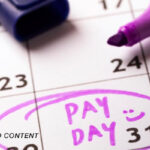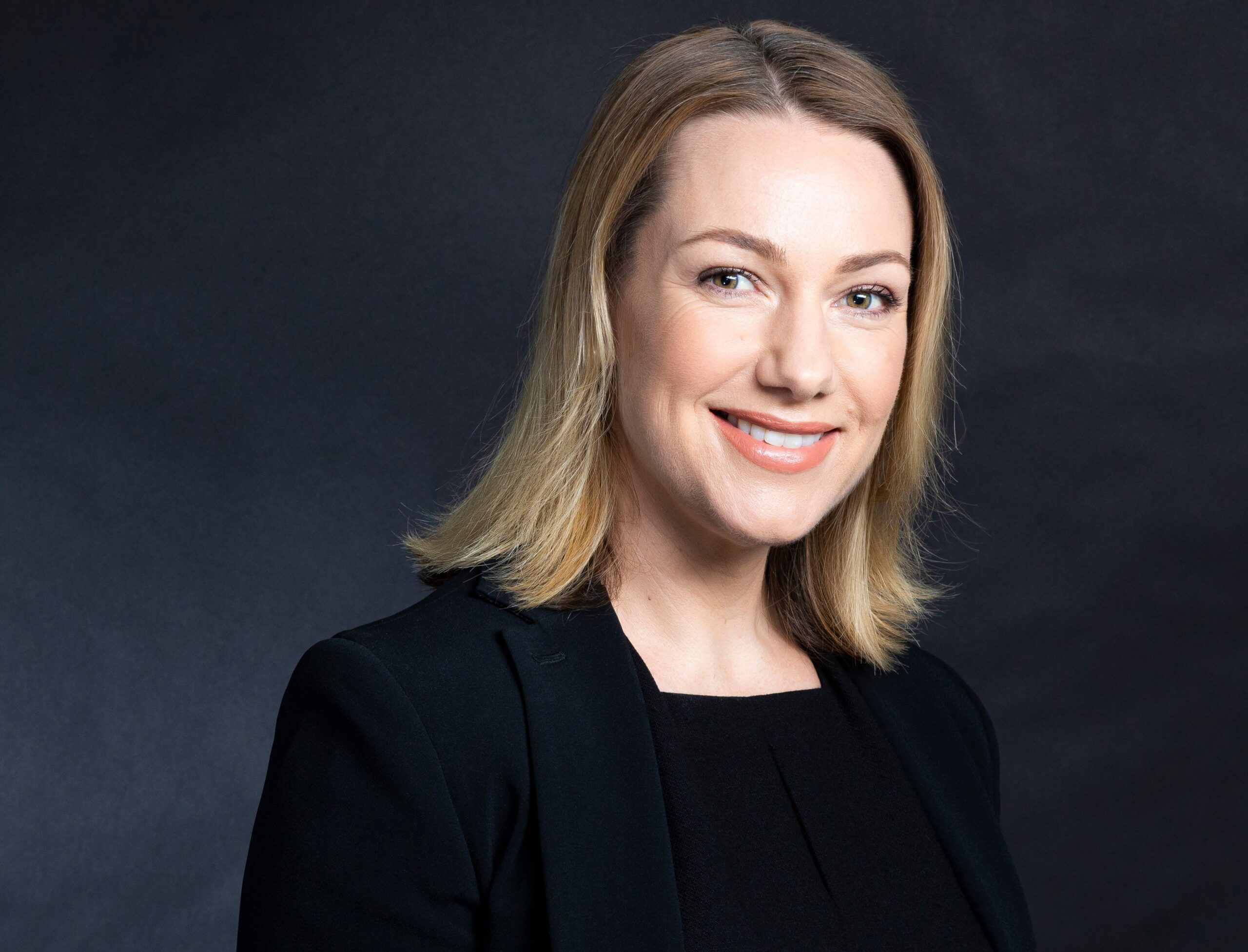8 years on: disaster recovery lessons from the Chch quake
February 22nd marks eight years since the devastating 2011 Christchurch earthquake. For many it feels just like yesterday – a memory we won’t easily forget, writes Myles Noble. Like many others, […]
February 22nd marks eight years since the devastating 2011 Christchurch earthquake. For many it feels just like yesterday – a memory we won’t easily forget, writes Myles Noble.
Like many others, our building was destroyed on February 22 and our first thoughts were with our Crombie Lockwood family – ensuring that they and their families were safe. Our role in supporting others had only just begun.
Overnight, we received 6,500 claims from local business owners, residents, and families affected by the quake and the relentless, rolling aftershocks.
To cope with what was once viewed as unprecedented demand, we drew on expertise from across the country and formed a dedicated response team comprising around 30 people to assist clients with their insurance claims.
Every day we dealt with someone who had lost their home or their place of work, but what struck me most about Cantabrians, was their resilience. Despite some accounts to the contrary, we saw Insurers right across the industry do everything they could time and again to help customers impacted by the event and, I can tell you from the inside, the process was anything but straight-forward.
A lot of our clients found themselves in a unique situation, unable to access their building to see what the damage was. For some, this remained the case for up to a year afterwards, and for many the wide-reaching repercussions of the quake are still being felt today.
Since the events of 22 February 2011, we have witnessed an unprecedented increase in consumer and business awareness levels around insurance and how it works. It also prompted many discussions with New Zealand businesses about how they can adequately prepare to financially survive another such disastrous event.
Overwhelmingly, the experience reiterated the pivotal role a Disaster Recovery Plan can play in ensuring businesses of all sizes are prepared for the worst and the importance of ensuring you have the right cover in place.
So, from an insurance perspective, what makes a good Disaster Recovery Plan?
- Firstly, any plan should always start with a focus on your people. This includes having a strategy which enables you to contact all your staff as quickly as possible and make sure that they’re ok. You’ll need to know where they are, what they need, and how you can help them.
- Then start looking at the business, your key customers and suppliers. Do you have the right protection in place and will your insurance cover any losses to your operations? For example, under business interruptions cover, you are covered for any increased costs resulting from unforeseen needs like relocating your business.
- One of the most valuable assets to a business, with the exception of its people, are the information and data it holds. The need for adequate data protection is equally as important as protecting your physical assets e.g. providing secure off-site storage for data.
- Lastly, checking that your insurance covers losses that could occur from disasters or unforeseen events, and confirming that building evaluations are up-to-date, businesses and their leaders can save themselves from additional stress in what quickly becomes a high pressure and emotionally-charged environment.
But when it comes to making sure you’re getting the right cover and the best expertise, choose value over price and make sure that your broker has a sound knowledge of your business and the industry you operate in. This will make all the difference in informing you on the policies that will protect you in a worst case scenario.
And if there’s anything we’ve learned since February 2011, it’s that, while Kiwis are resilient, the worst-case scenario can happen, just like it did eight years ago.
Article supplied. Myles Noble (pictured) is Head of Claims and EQ Response for Crombie Lockwood.






